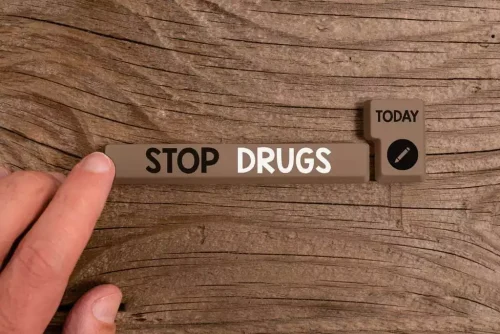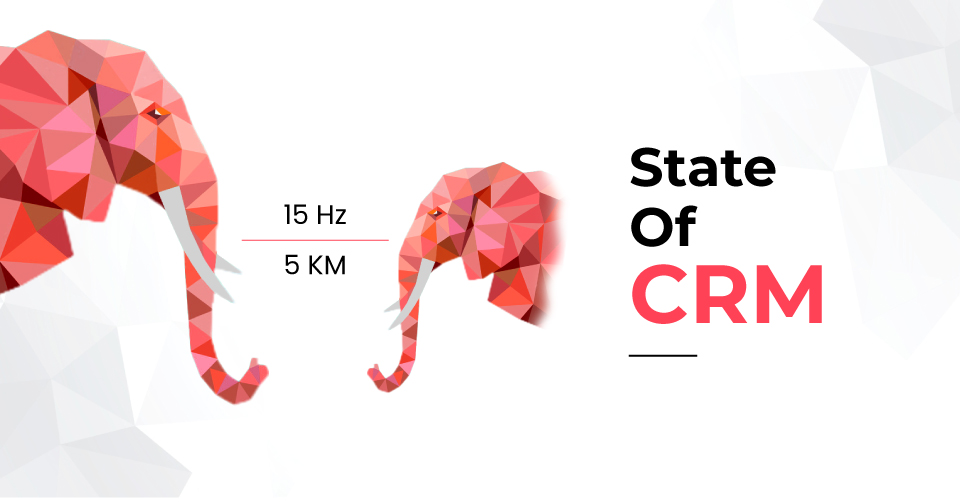
For someone going through a personal crisis or using mushrooms in an unsafe, unsupportive environment, the chances of a “bad trip” increase. Current research suggests psilocybin is not addictive, and no physical symptoms occur after stopping use. Because hallucinogenic and other poisonous mushrooms are common in most living environments, people should regularly remove all mushrooms from areas where children are routinely present to prevent accidental consumption.

Classic hallucinogens
It summarizes the most recent evidence and provides links to our informative articles for in-depth learning. One or more of these signs may indicate the potential development of a substance use disorder. Take our free, 5-minute substance abuse self-assessment below if you think you or someone you love might be struggling with substance abuse. The evaluation consists of 11 yes or no questions that are intended to be used as an informational tool to assess the severity and probability of a substance use disorder. The test is free, confidential, and no personal information is needed to receive the result. Most of these drugs are believed to primarily affect the neurotransmitter serotonin, although many have multiple effects.

What are the risks of using psychedelic mushrooms?
- The results indicate that the administration of modest psilocybin doses to healthy, high-functioning, and well prepared subjects in the context of a carefully monitored research environment carries an acceptable level of risk.
- Psilocybin is a psychedelic substance found in certain fungi, sometimes referred to as magic mushrooms.
- One hypothesis put forward to explain the lack of oral activity for these highly active compounds is a significant first-pass metabolic effect (Leth-Petersen et al., 2014).
- This demonstrates pharmacological interference with memory reconsolidation may allow overwriting of maladaptive drinking memories with clinical benefits.
- When the dose of 5-HTP was doubled, however, the HTR in β-arrestin-2 KO mice approached that observed in WT mice.
Patients with visual hallucinations had significantly increased 5-HT2A receptor binding in several cortical regions and one subcortical region. These increased levels of 5-HT2A receptor expression were clustered mainly in the ventral visual pathway. Ultimately, Andén et al. (1968) suggested that LSD might have direct agonist actions at serotonin receptors in the brain. Subsequently, studies from numerous laboratories provided support for that idea, with an initial focus on serotonin 5-HT1A receptors (see discussion in Nichols, 2004). When serotonin receptor–selective antagonists became available, it was Glennon et al. (1983, 1984) who demonstrated in a rat drug discrimination model that the 5-HT2 antagonists ketanserin and pirenperone blocked the discriminative cue of a psychedelic. Further studies in numerous laboratories over the next 2 decades, primarily with rodents, then focused attention on the 5-HT2A receptor as the primary target for psychedelics.
- Subjects were asked to identify in which session they experienced the “most pronounced changes in your ordinary mental process.” It was found that the 14-month retrospective follow-up ratings for the psilocybin session did not differ significantly from the immediate postsession ratings.
- At the time of peak of effects, high-dose psilocybin (but not the medium dose) impaired spatial span task performance as indexed by span length.
- Their origin predates written history, and they were employed by early cultures in many sociocultural and ritual contexts.
- These rely on the principle that psychostimulants, such as methylphenidate or amphetamines, can reliably increase levels of endogenous dopamine (161), opioids (162) and more recently serotonin (163).
- There appear to be no recorded fatalities from overdosing on LSD alone, and reports in the literature of LSD overdoses often include the use of LSD with other potentially dangerous drugs.
DMT and ayahuasca
These effects were consistent with the earlier SPECT study by Hermle et al. (1992) and with data from studies on psilocybin that employed [18F]FDG PET (Vollenweider et al., 1997b). In an early study, Hermle et al. (1992) employed 99mTc-hexamethylpropyleneaminoxime SPECT to measure regional cerebral blood flow (CBF) in 12 healthy male subjects after administration of a relatively large 500-mg dose of mescaline sulfate. The functional brain imaging showed an increase in regional CBF in both anterior regions and an even more pronounced increase in right anterior cortical regions, indicating a pattern of hyperfrontality.
Serum BDNF levels are abnormally low in depressed individuals and treatment with antidepressants is known to normalize BDNF levels (Sen et al., 2008). Savage concluded that improvement obtained using LSD therapy was no better than therapy without LSD but did state that therapeutically valuable insights into unconscious processes were gained. Since then, virtually nothing has been reported to suggest that psychedelics might have specific efficacy against endogenous depression. Nonetheless, studies cited in the previous section concerning treatment of anxiety and depression secondary to a cancer diagnosis do indicate that psychedelics may be effective in treating depression.

In another study, Dave et al. (2007) were able to relate the production of head bobs to 5-HT2A receptor density in the cortex. BOL and MDL11939 were injected subcutaneously prior to DOI administration to block acute effects of DOI or were given as eight daily injections for studies of chronic effects on 5-HT2A receptor density. The number of head bobs induced by DOI was significantly blocked by pretreatment with MDL11939 or BOL. Chronic https://ecosoberhouse.com/ administration of MDL11939 led to a significant increase in DOI-induced head bobs compared with vehicle pretreatment, with a significant 40% increase 24 hours after the first MDL11939 injection and an 85% increase above controls after the eighth injection. A significant 30% increase in 5-HT2A receptor density was seen in cortex 24 hours after the first MDL11939 injection, increasing to 81% above controls after the eighth injection.
A recent study by Turton et al. (2014) reported on the subjective experience of intravenous psilocybin administered during a functional magnetic resonance imaging (fMRI) examination. Fifteen volunteers were administered an intravenous infusion of either placebo or 2 mg psilocybin and were blinded as to whether they would receive placebo or drug for a particular experiment. Drug infusion began 6 minutes after the start of a scan in a magnetic resonance imaging scanner. Subjects completed a visual analog scale rating the intensity of the drug experience at the start of the scan and prior to drug infusion, 5 minutes postinfusion, and 12 minutes postinfusion.

FDA expert panelists reviewed data from these two phase 3 trials, in which PTSD patients received three doses of MDMA or a placebo over a period of three months combined with sessions of psychotherapy. The Nature Medicine study was funded by the U.S. nonprofit Multidisciplinary Association for Psychedelic Studies. In 2022, the organization announced that its for-profit drug developer, Lykos Therapeutics (known as MAPS Public Benefit Corporation at the time), had completed a second Phase 3 trial on MDMA as a treatment for PTSD. MAPS said the findings from the second Phase 3 trial — which tested the safety and efficacy of MDMA against a placebo — echoed positive results from the Nature Medicine paper.
For decades, the media have largely portrayed psychedelics as extremely dangerous drugs; in fact, the classic serotoninergic psychedelics are generally considered very physiologically safe, certainly compared with opiates and psychostimulants. Jaffe (1985) stated, “In man, deaths attributable to direct effects of LSD are unknown,” and this statement remains true even today. Nonetheless, despite the relative physiologic are psychedelics addictive safety of psychedelics, they can lead to serious psychologic consequences. In addition, as will be discussed later, some of the newer highly potent synthetic phenethylamine hallucinogens have proven to be unexpectedly toxic. This section will detail studies indicating that psychedelics can be safely used under supervision, and that few documented serious adverse effects occur even after recreational use.


